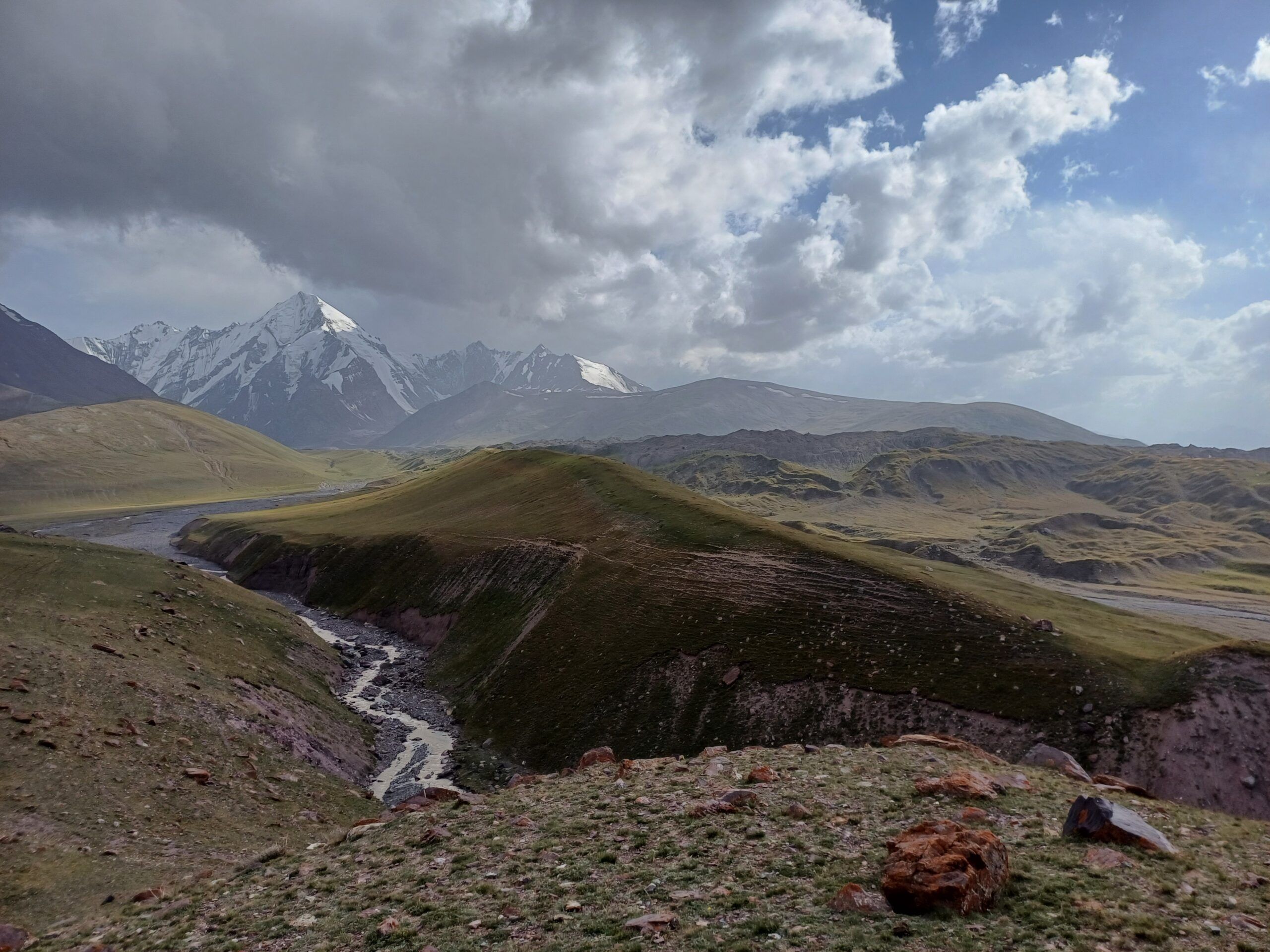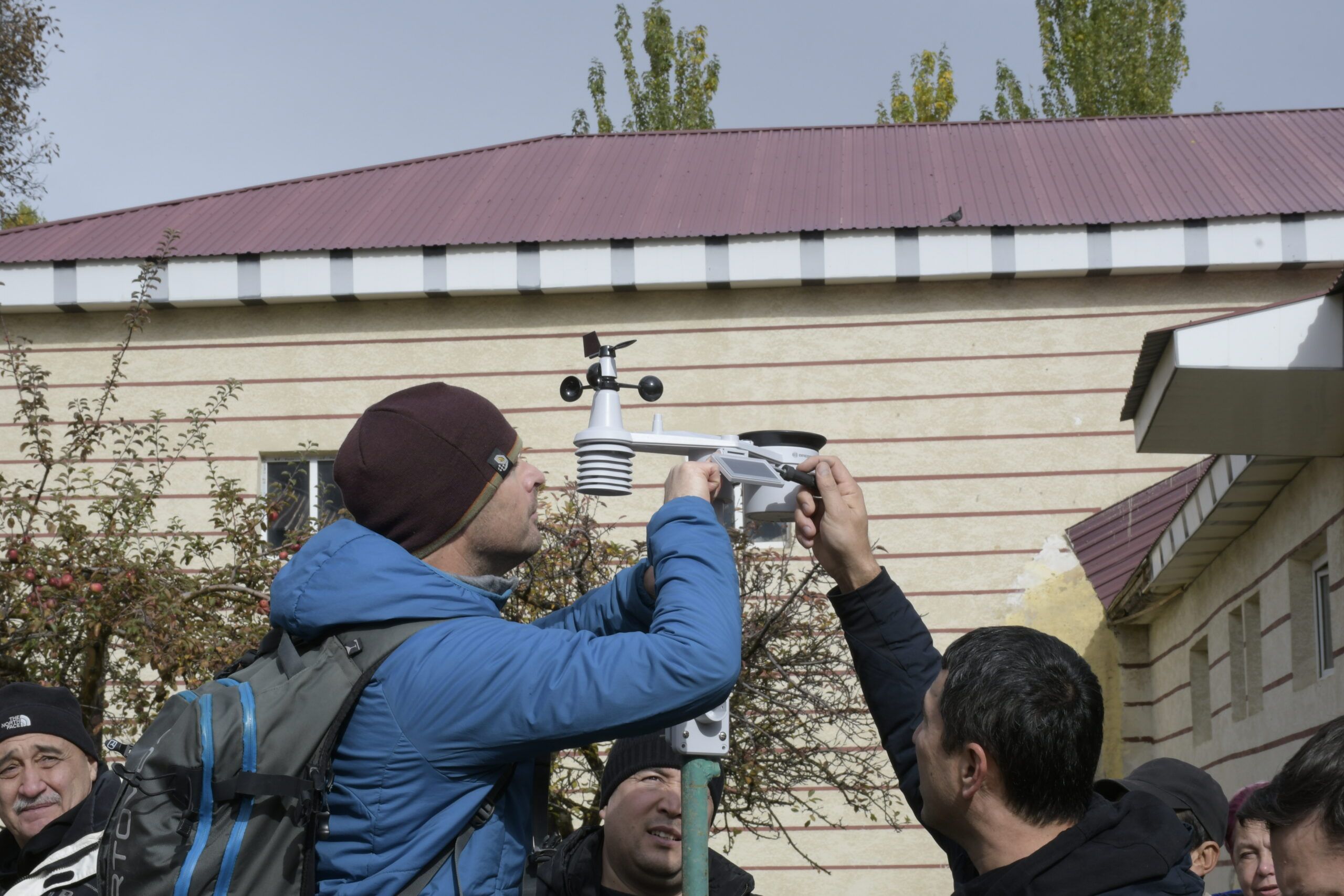
About GLOFCA
GLOFCA is a regional initiative working to reduce the risks of glacier lake outburst floods in Central Asia. Through early warning systems, risk assessments, and community-based adaptation, the project connects science, policy, and local action to build resilience in high mountain regions.
-
Project Overview
The “Reducing vulnerabilities of populations in Central Asia from glacier lake outburst floods in a changing climate” (GLOFCA) project, launched in April 2021, is a UNESCO initiative funded by the Adaptation Fund. The project aims to mitigate GLOF risks by assessing vulnerabilities, mapping glacier lakes, increasing local awareness, and implementing Early Warning Systems (EWS) in pilot communities across Kazakhstan, Kyrgyz Republic, Tajikistan, and Uzbekistan.
Climate Risks in Central Asia
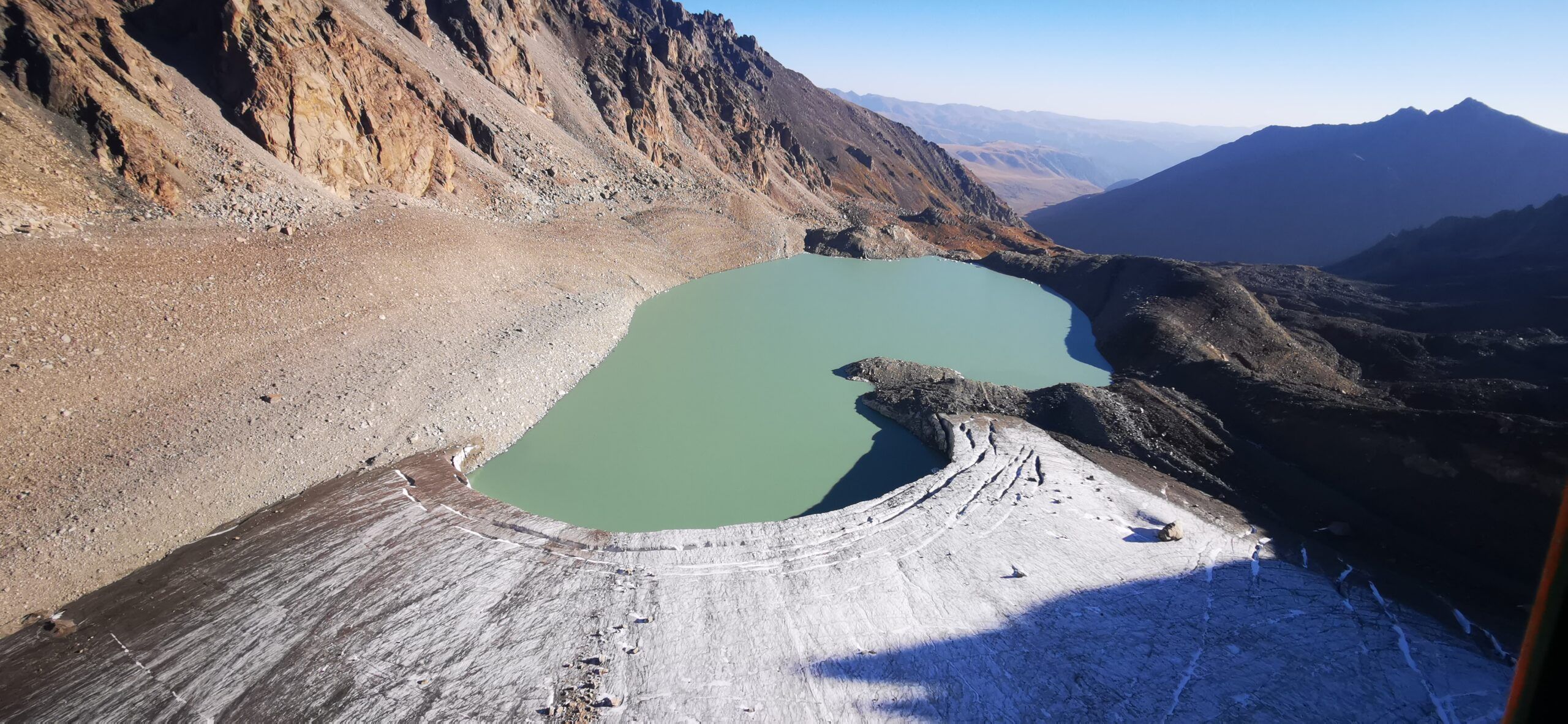
Rising Threats
Central Asia’s glaciers are shrinking at a rate of 0.2–1% per year by volume, leading to the rapid formation of unstable glacial lakes. In the Tien Shan range alone, projected warming could cause glacier losses of up to 66%, increasing the risk of sudden outburst floods in remote, unmonitored areas.
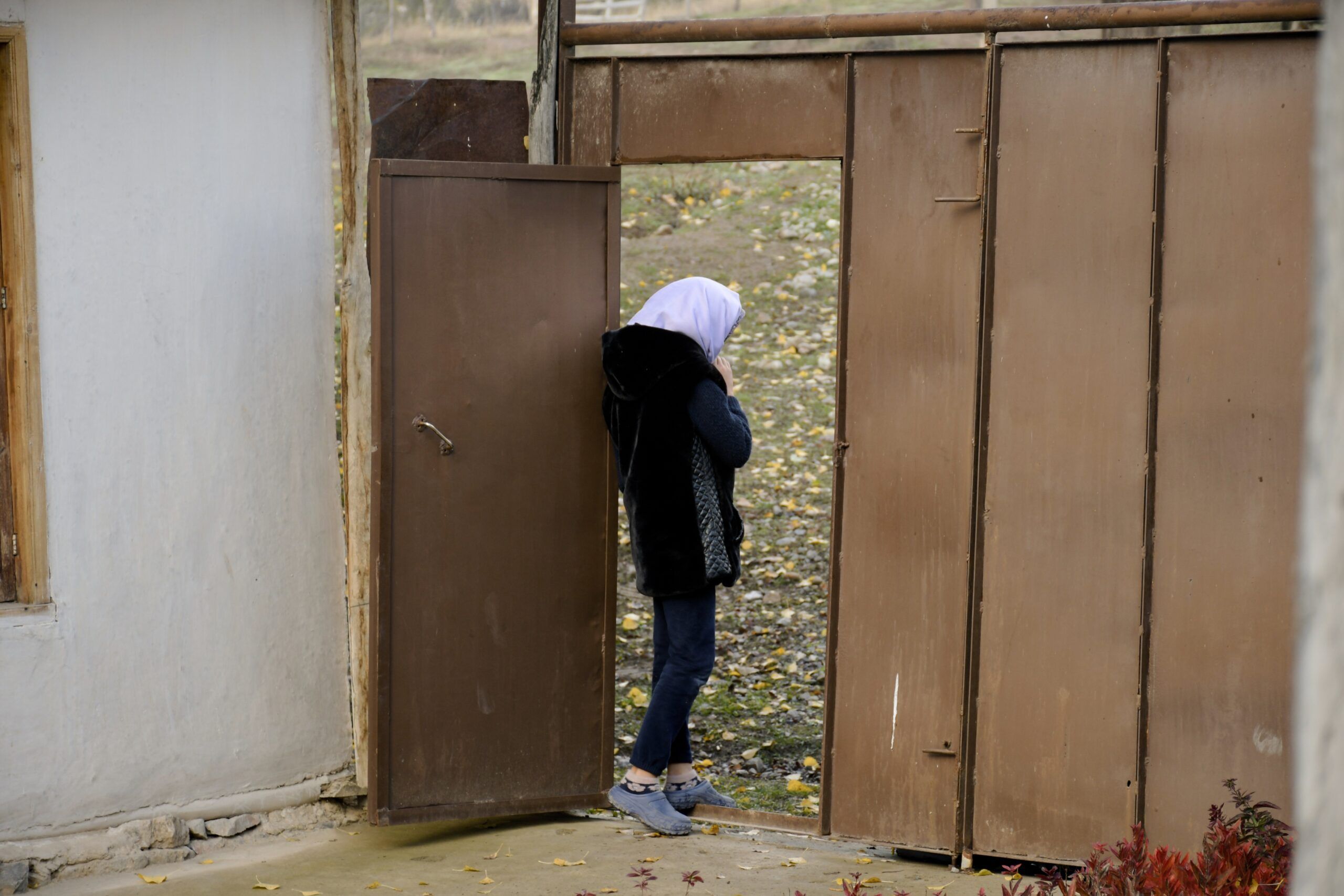
Vulnerable Populations
High-mountain communities, especially women, children, the elderly, and low-income groups, face elevated GLOF risks due to limited preparedness. Migration and mountain tourism also raise exposure in already fragile areas.
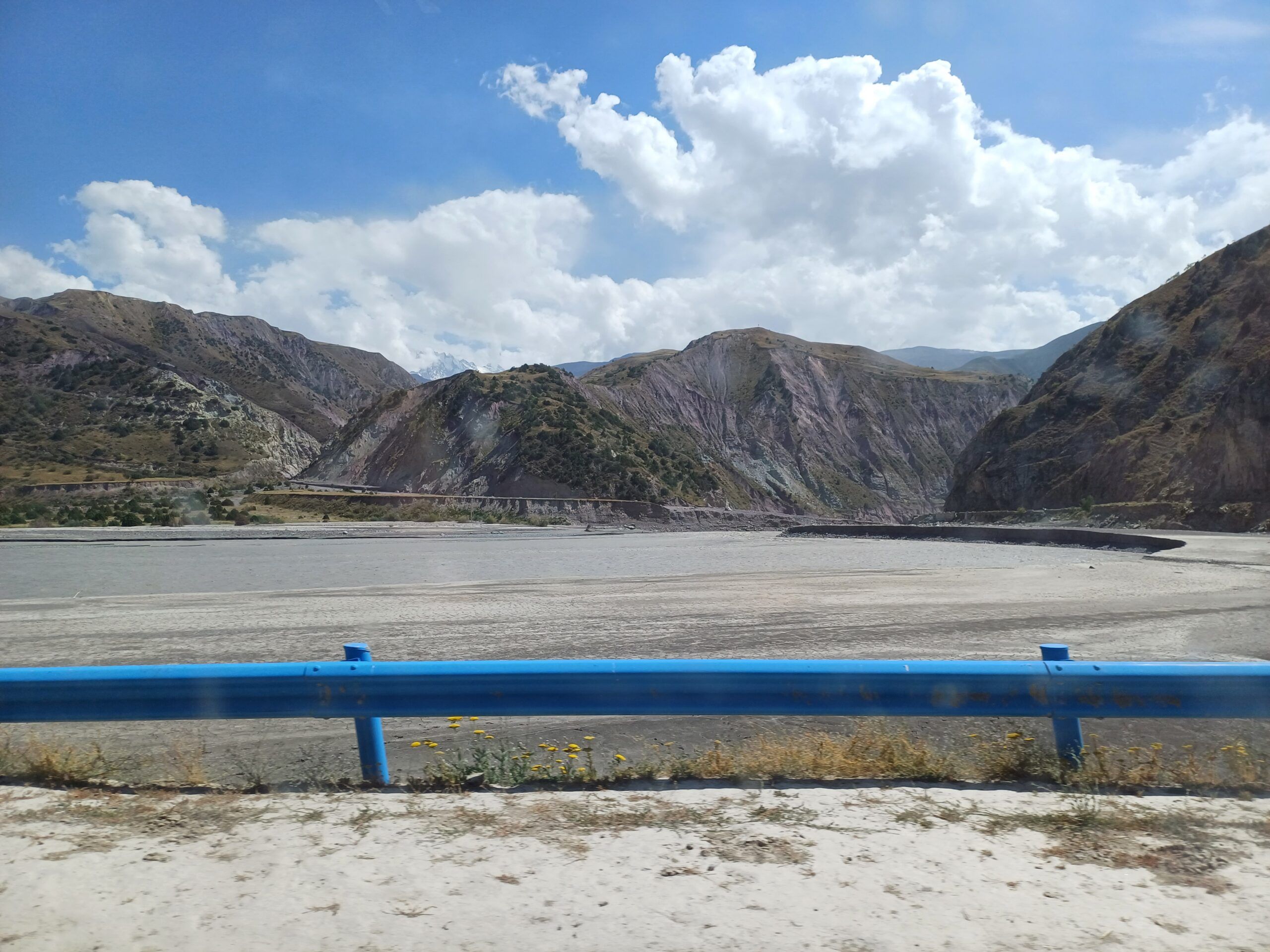
Transboundary Hazards
GLOFs cross borders and have caused severe damage, as seen in Uzbekistan (1998) and Tajikistan (2002). With over 1,000 high-risk lakes identified in the CA region, regional cooperation on monitoring and early warning is essential. GLOFCA fosters this through joint action and knowledge sharing.
-
Objectives and Approach
-
Assessing vulnerabilities and risks
-
Strengthening monitoring and response capacities
-
Establishing early warning systems
-
Raising awareness among decision-makers and communities
-
DRR & Adaptation in Central Asia
-
Limited focus on prevention and preparedness
-
Weak policy coordination
-
Insufficient monitoring and risk analysis
-
Gaps in early warning systems and public awareness
Pilot Projects
Across Central Asia, GLOFCA works with local communities to assess risks, implement early warning systems, and protect lives. Explore our pilot sites in the region’s most vulnerable areas.
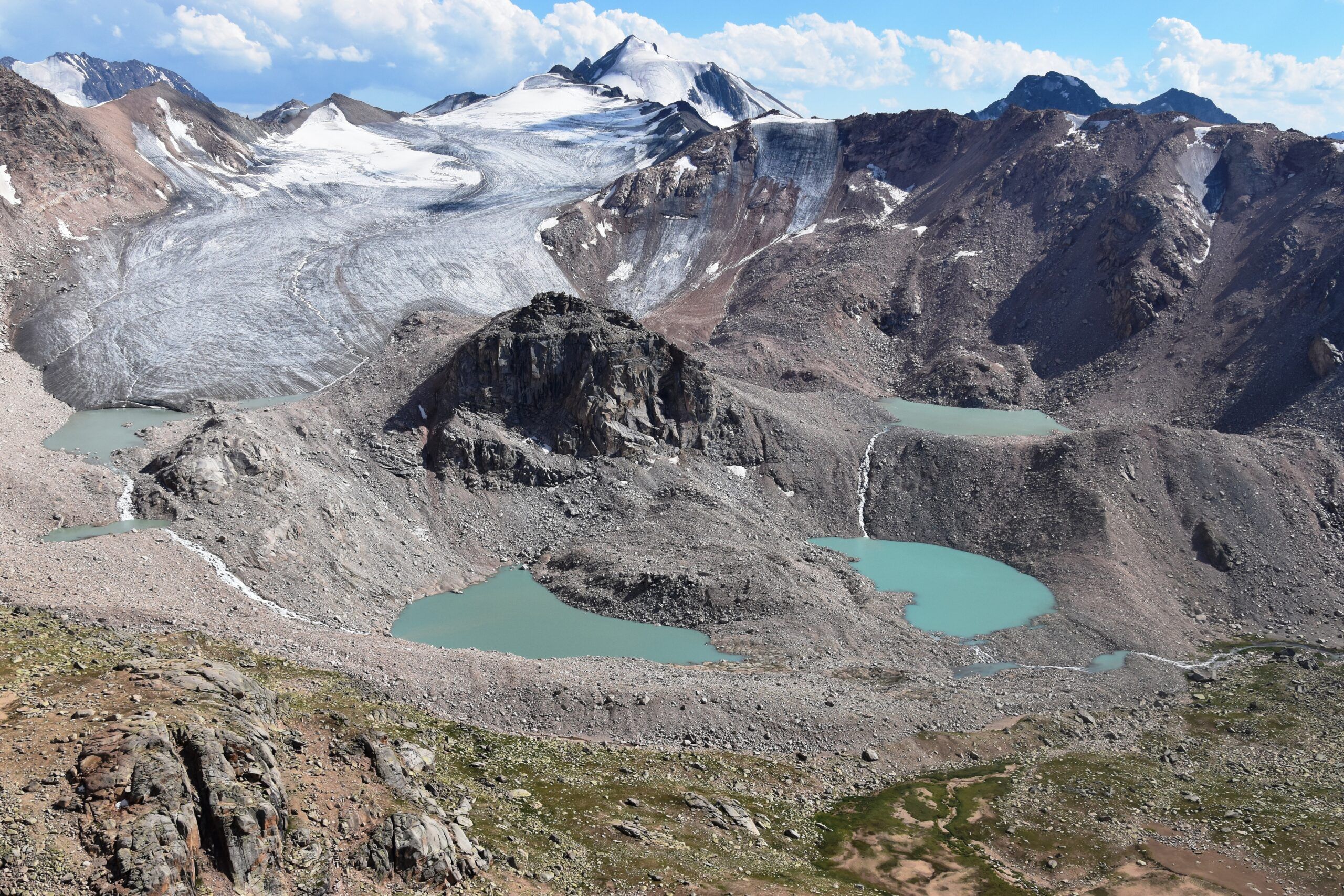
Kazakhstan
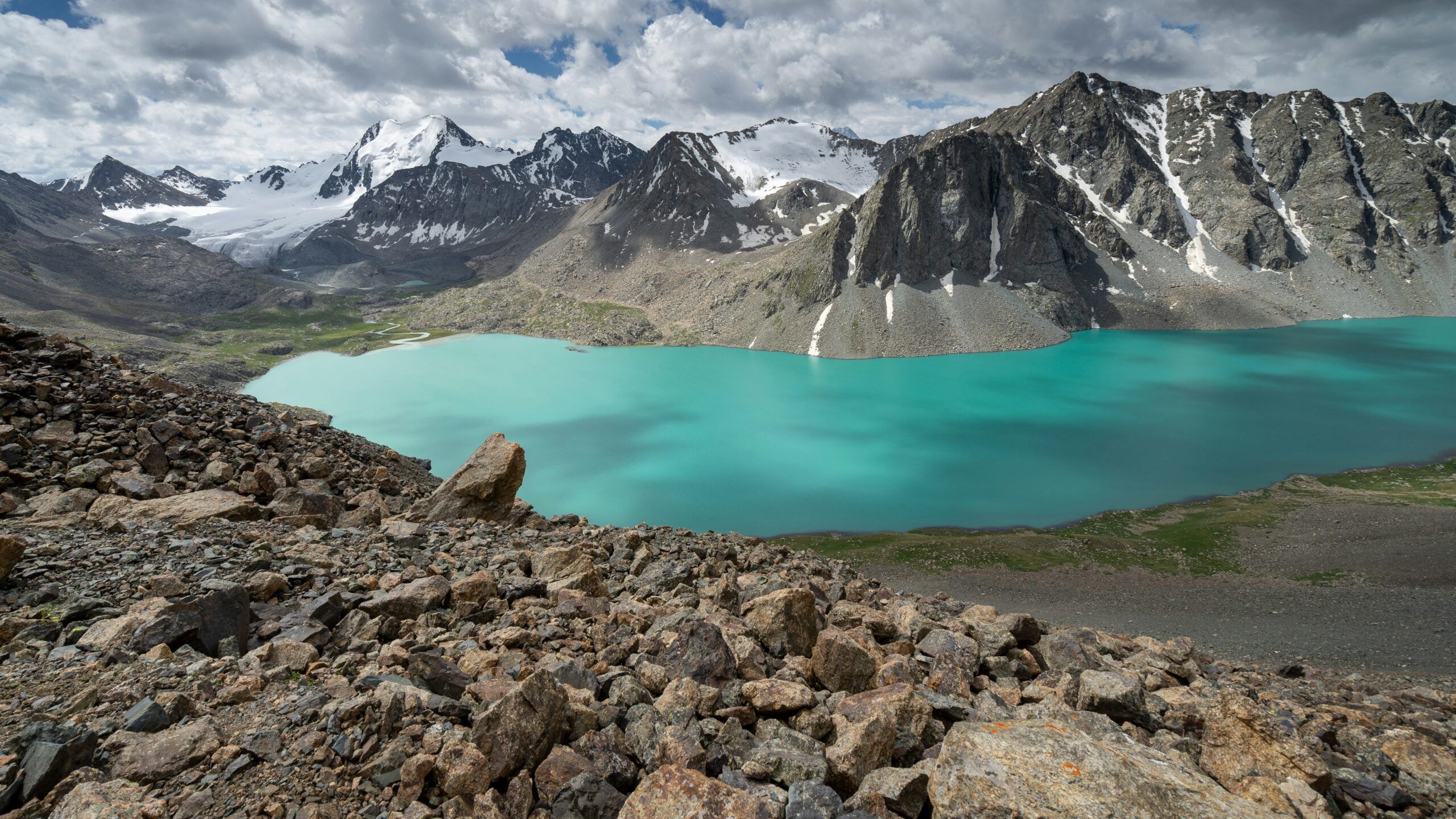
Kyrgyz Republic
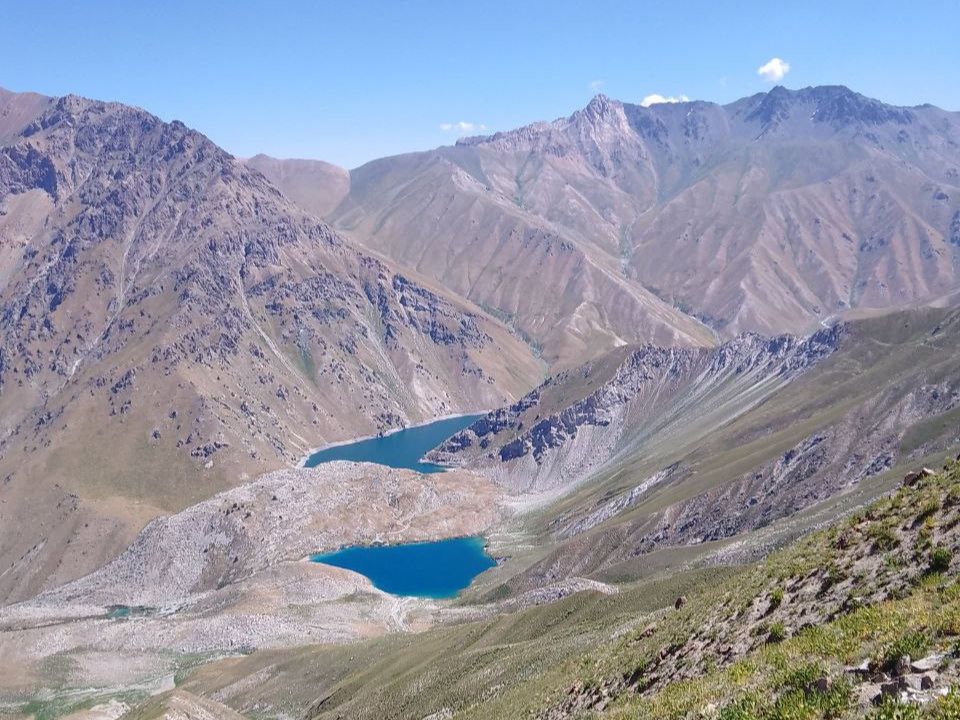
Uzbekistan
